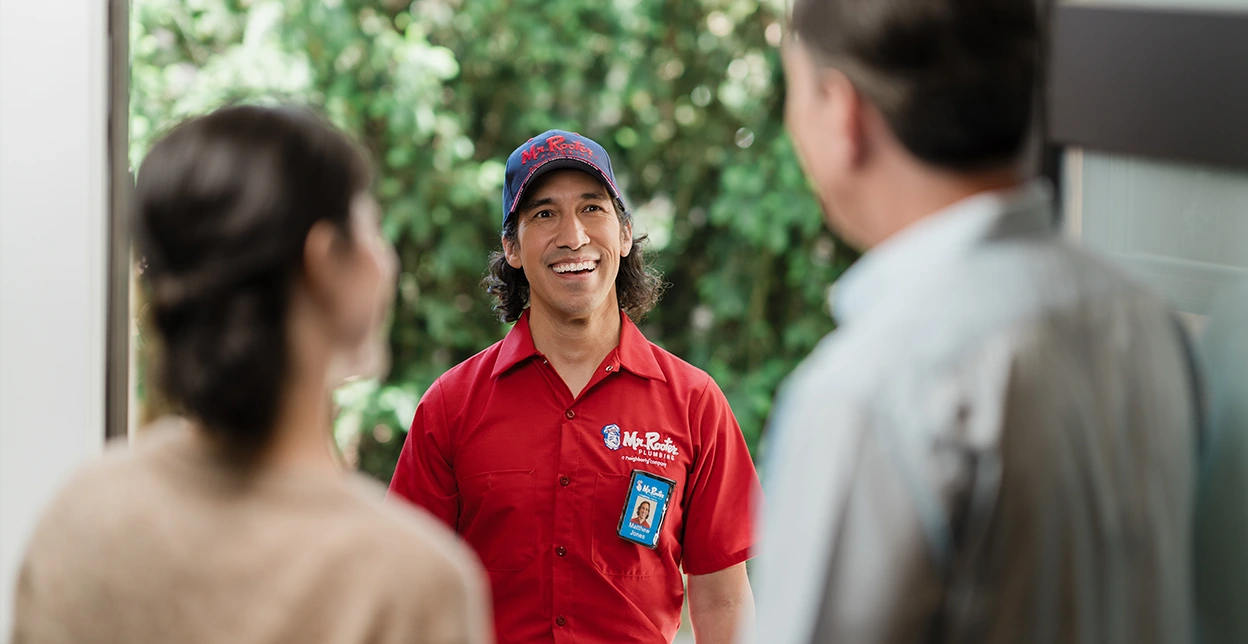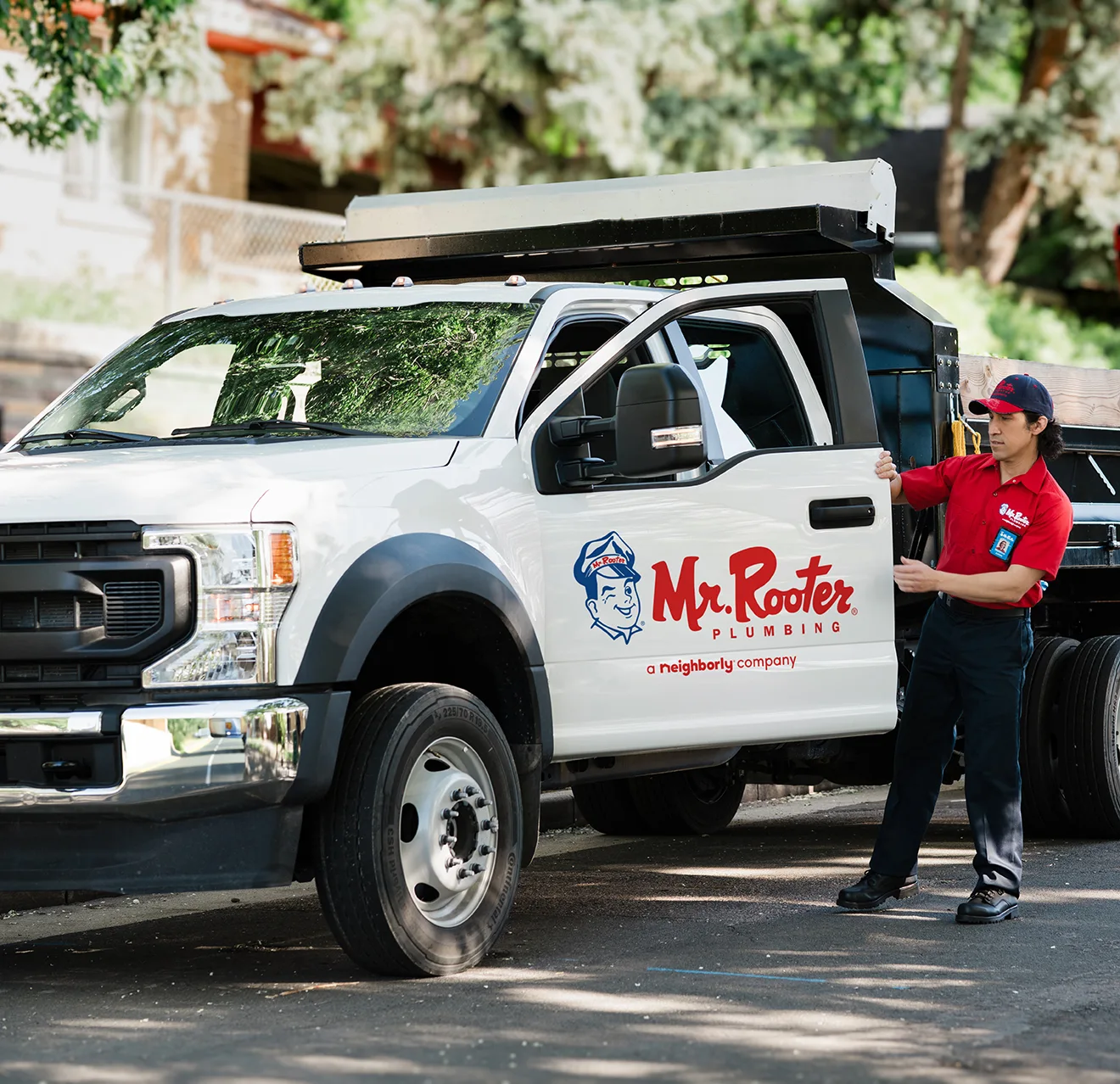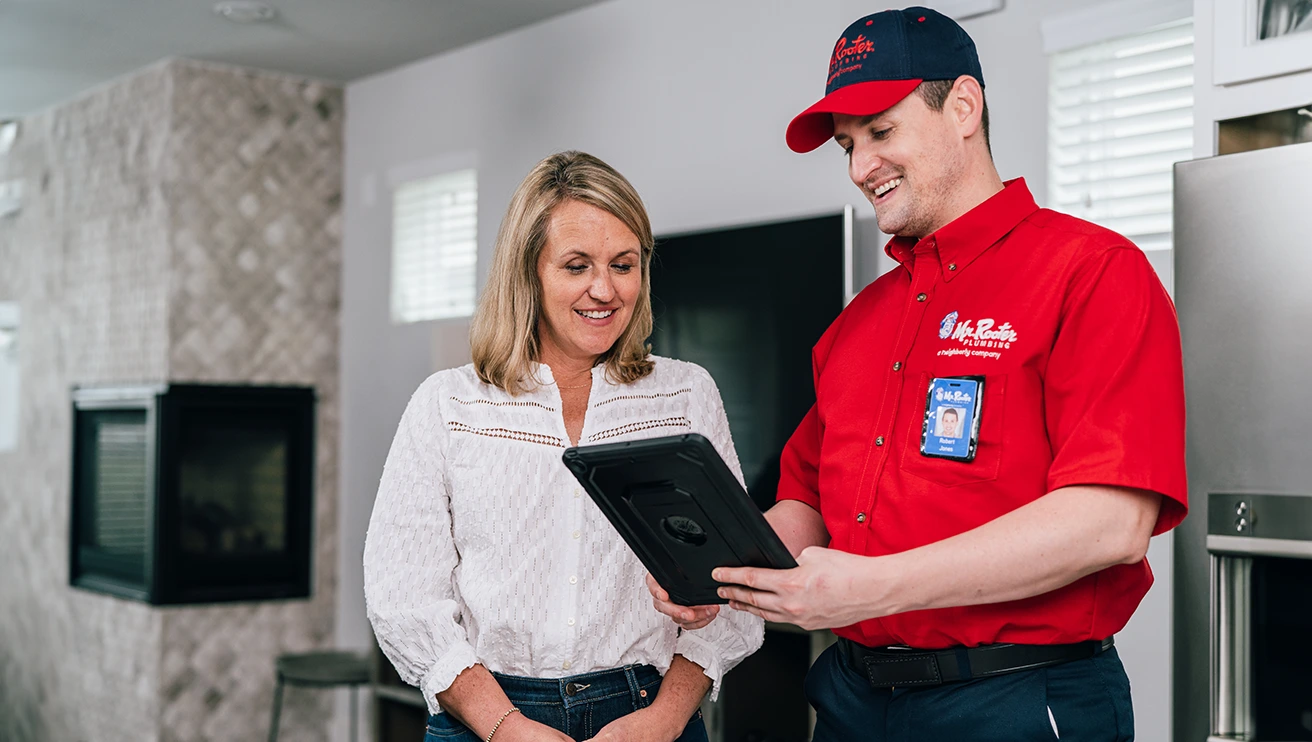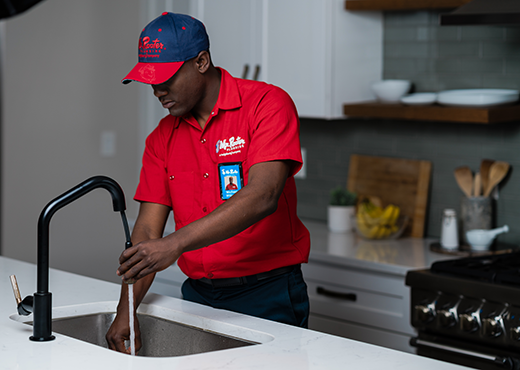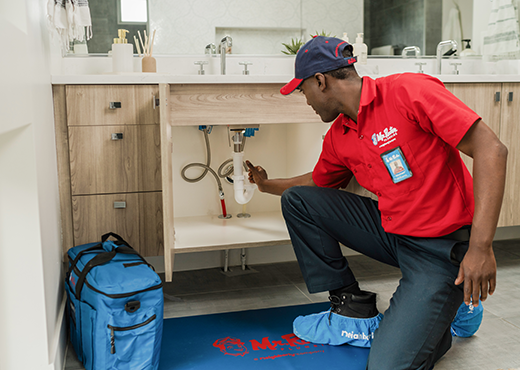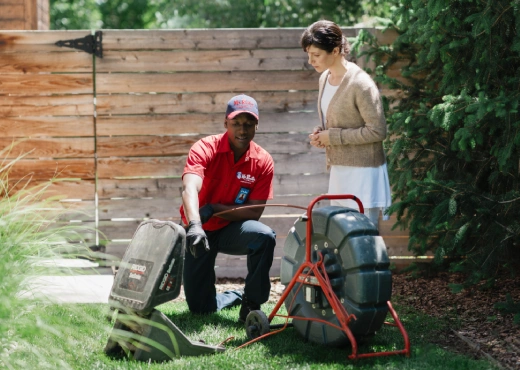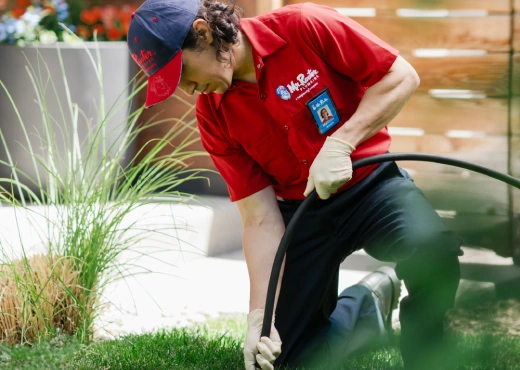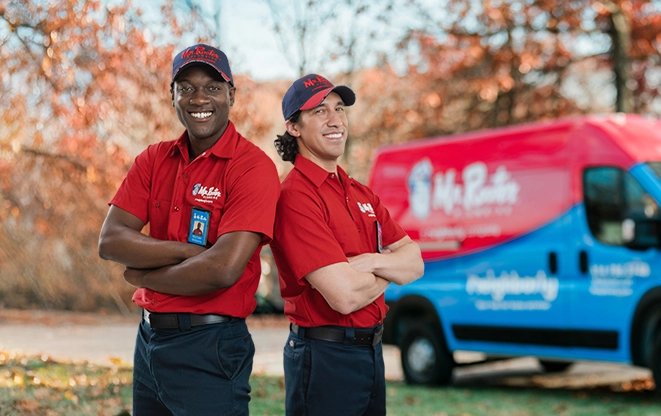Scheduling annual maintenance on your home or business's plumbing is a type of proactive plumbing. You cannot always predict when something will go wrong, but it can prevent future problems. Imagine this: There is a small leak in one of the fixtures in your plumbing system. Over several years, the issue slowly gets worse. Finally, it becomes noticeable and turns into a costly repair. If regular maintenance had been done, the issue would have been found much sooner and only required a quick fix.
Regular maintenance is a small thing you can do that has major benefits. When you take care of your plumbing, it will be in better condition for much longer. A system that is not regularly maintained and inspected will experience more serious issues and may not even reach its predicted lifespan.
What Items Are Checked During the Inspection?
A building's plumbing is an important system. Without a working system, you will not have running water — no showers, no tap water and no flushing toilets. It is made up of several different fixtures, each one related to water flow throughout your home or business.
During a plumbing inspection, your plumber will check out the following fixtures and systems:
- Water pumps
- Drains
- Sewer systems
- Water heaters
- Toilets
During a maintenance inspection, a plumber will look at all these and more, depending on the fixtures you have at your home or business. The plumber will complete visual and other types of inspections. They may use a small camera attached to a long cable to check out the inside of the pipes.
